Vilnius
8th -12th April 2019
Forced migration: exile, flight, expulsion and deportation

Planned activities:
1.Educational exploratory activity in the Museum of Genocide Victims (the former KGB building)
2.The attendance of Rumsiskes Ethnographic museum, meeting with an exile in an authentic house.
3.A meeting with J.Ohman, an emigrant from Sweeden who is a director, journalist and active public leader.
4.Getting to know the participants of the activity“Mission Syberia“
5.Various excursions, trips to the places commemorating exile.
Planned product:
The virtual exile map ( there you will find information not only about deportation of Lithuanians but also the partners will share the information about exile in their countries; pupils will collect different types of information, process it and place to virtual map. It will be accessible for everyone).
1940-1953 are the years that are marked in Lithuanian history as the years of mass deportations, the Lithuanian genocide, state occupations and fights for independence. In nearly 13 years the authorities of the Soviet Union, with the help of KGB and millitary structures, deported around 140000 people from Lithuania. Those people were of different nationalities (Lithuanians, Poles, Belarussians), representatives of various professions (teachers, officers, doctors, politicians, farmers). Most of exiled people remained an eternal rest in the icy lands of Siberia. During this meeting an attempt was made to approach this tragic period in Lithuanian history by listening to memories, exploring museum exhibits, participating in educational activities and excursions. All participants were brought together by a joint activity - interactive map of the exile
2019-04-08
All participants of the project were met at Vilnius Žvėrynas Gymnasium. Daiva Žiurienė, the headmistress of the gymnasium, made a welcome speech. The member of Seimas of the Republic of Lithuania, the former Lithuanian ambassador to the United States, politician Žygimantas Pavilionis also addressed the assembled participants and guests. He also welcomed the process of the international project, encouraged both students and teachers to be interested in the history and culture of other countries.
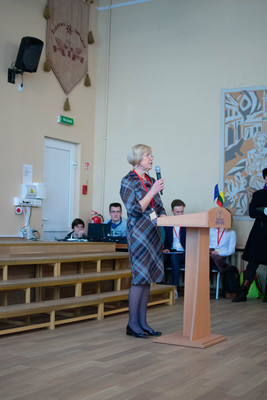
The folklore ensemble of the gymnasium called Dolija introduced Lithuanian culture with national Lithuanian dances and songs. The ensemble's repertoire include dances, instruments, songs coming from our neighboring countries. They were presented by the members of Dolija. The Participants of the project heard a report on stereotypes related to Lithuania. Moreover, the most famous Lithuanian emigrants were presented as well as an aspect, that will be analyzed in Lithuania, and a weekly program. Also, the project participants were divided into 5 international working groups where they played ice breaking games, such as acting charades with the theme of travelling.
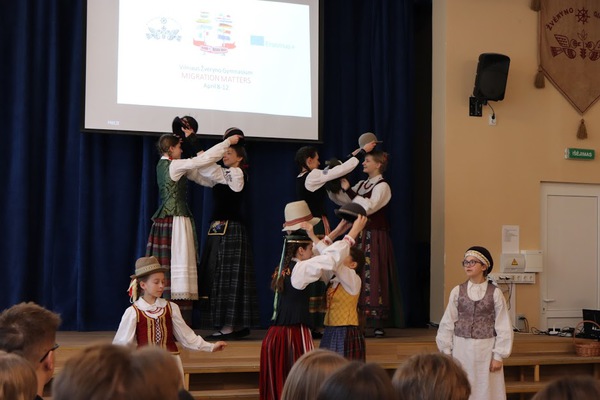
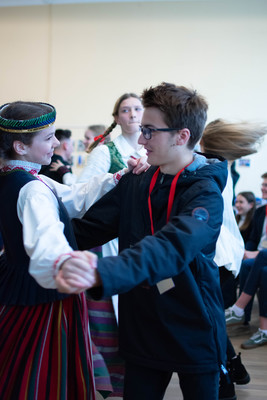
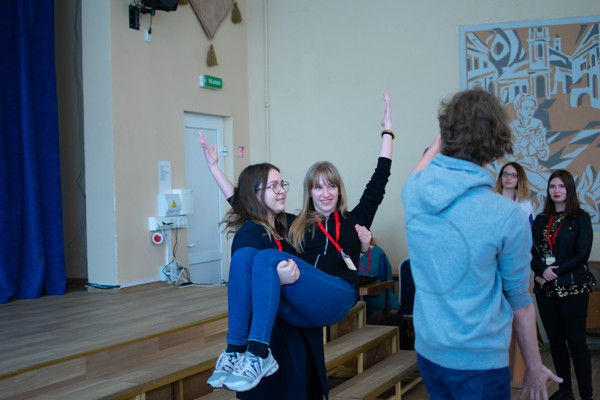
In the afternoon, everyone took part in an orientational guided tour of the Old Town of Vilnius, where they heard stories about famous foreign architects, naturalists, poets, historians who left a footprint by decorating Vilnius with their works.
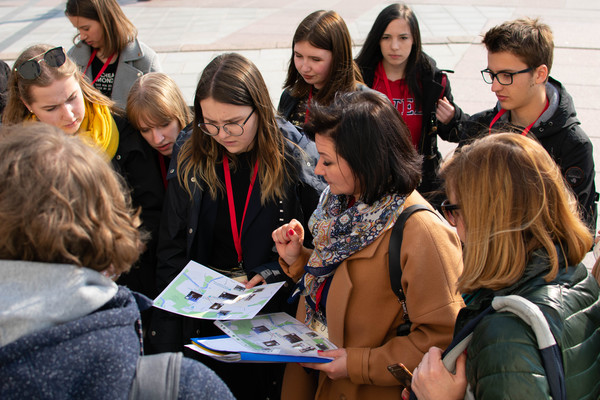
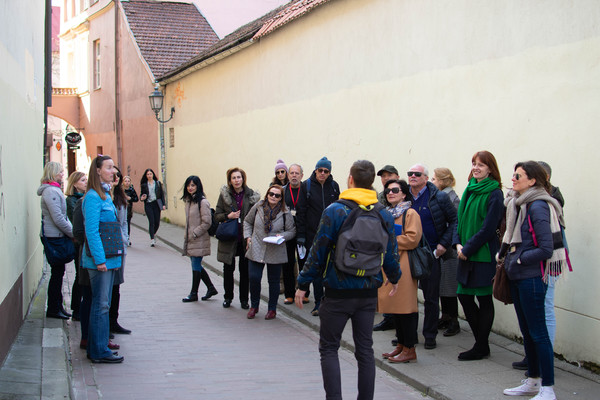
2019-04-
Participants of the project went to Vilnius suburb Naujoji Vilnia, where they visited deportees‘ cattles wagons and sculpture for the victims of exile. They also heard a story about the beginning of deportations in Lithuania.
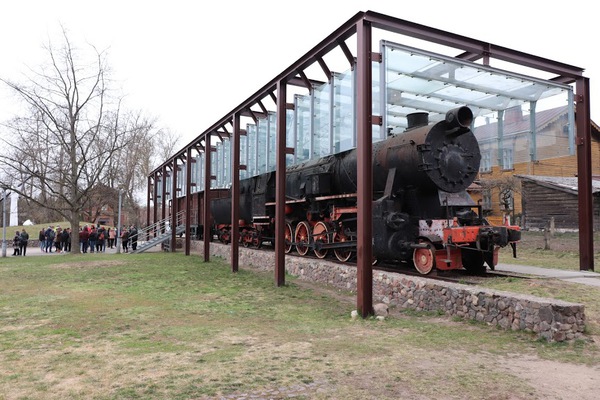
Later they traveled to the Lithuanian-Belarusian state border. The guide showed and described how the boundaries of the border had been set and told how the people of both countries were living at the border. Participants also learned how the state border is protected and the ways people cross it. In the village of Norviliškės, where the castle of Norviliškės is located near the border there was a culinary education organised, which introduced the old Lithuanian cuisine. Later pupils participated in treasure hunt and creative tasks.
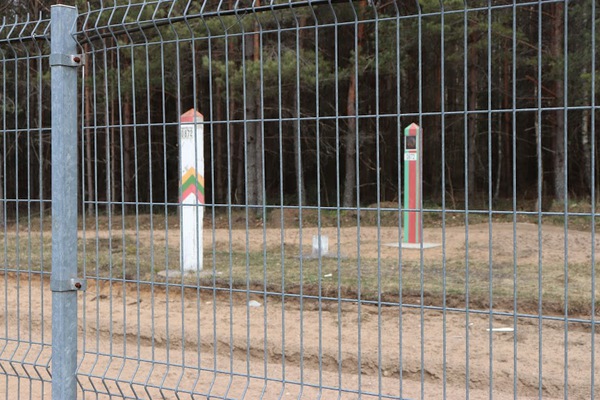
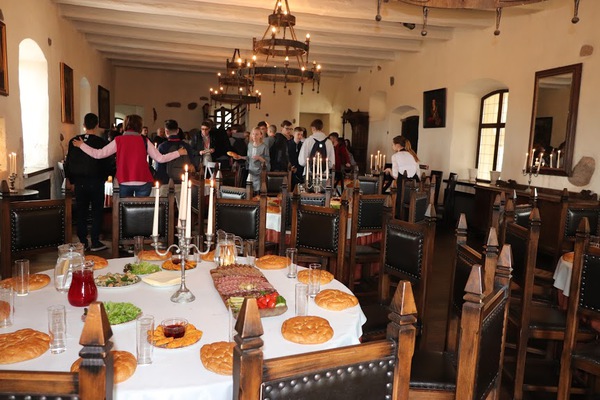
2019-04-10
In a hall of the gymnasium the project participants were introduced to the project "Mission Siberia" which is organized in Lithuania for the second decade. Participants of this project, after passing a difficult selection, travel to exile sites in Siberia for two weeks. There they rehabilitate the cemetries of the deportees and communicate with their remaining descendants. The popularity of this mission shows that historical memory is very important for Lithuanian youth. The participants of the project had a unique opportunity to communicate with "Mission Siberia"2017 7participant, journalist, television host, interpreter Andrius Tapinas. He shared his experience on expedition in distant Siberia. The guest was retelling about the difficulties and challenges he faced while rehabilitating the graves, making crosses. A. Tapinas showed many photos and footage from his expedition.
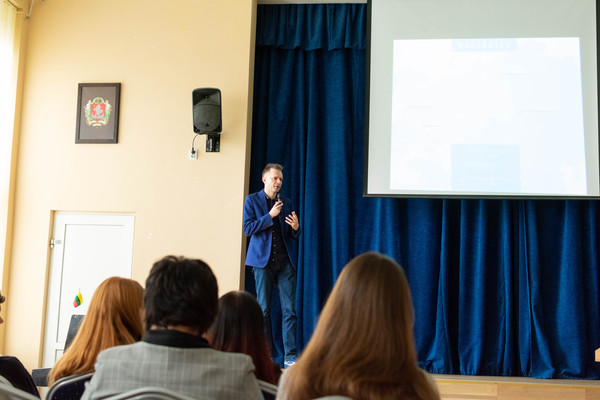
The history of exile is not just a story of history textbooks. Every third Lithuanian family is affected by this tragic destiny. So the school initiated a project called ”My Siberian true story“ whose participants gathered their family stories: deportees' stories, memories and photos. Three stories were presented to the gymnasium students and community participants, that were illustrated with real photos of the deportees. The story about a godfather, exiled to Siberia, was presented by the project participant Rugilė Stukonytė. The english teacher Eglė Kvaraciejienė also talked in a very sensitive way about her family deportees. Diana Galkantaite, the student of „Lietuvių namai“ gymnasium, shared stories with the participants of the project about her grandparents exile and also her personal story bout her return to Lithuania from Kazakhstan. The girl told how important it was (two years ago) for her to return to the native lands of her grandparents who had died in exile.
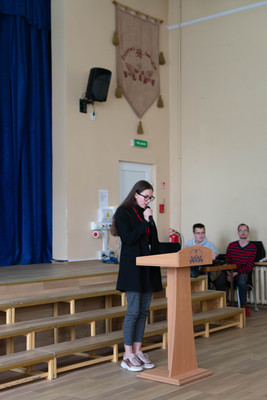
In the afternoon the participants of the project visited the city of Trakai and became acquainted with one of the oldest immigrants in Lithuania - Karaims, who came from Crimea and have lived in Lithuania for more than 600 years and cherish their culture. An educational - culinary lesson was organized over there, during which they baked kibinai - a dish from Karaim cuisine.
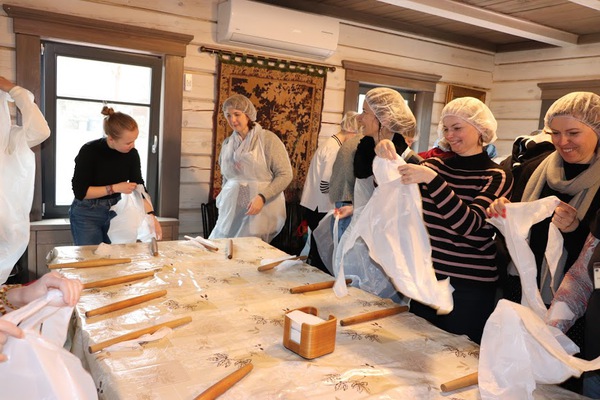
2019-04-11
The making of an interactive exile map
From an early morning the participants of the project took part in the Museum of Occupation and Freedom Fighting (formerly the KGB building) in a sightseeing tour. During their visit, they looked at prison facilities, expositions that represented the history of deportees and partisans. They also watched a documentary "Ice of June". Later, in international groups, students participated in a specially prepared for a project education programe “Geography of Exile and Detention Places in the Soviet Union”. During that education they gathered material for an interactive map of exile: geographical features of the area, climatic conditions, labour that was done by exiles, other important and interesting information. They looked for photos in expositions of the museum. By working in groups and getting consultations from the museum's educologists, history teacher O. Jonykiene, students selected the material and produced an interactive exile map. All the partners put their material into the same map, presenting their country's history of forced emigration.
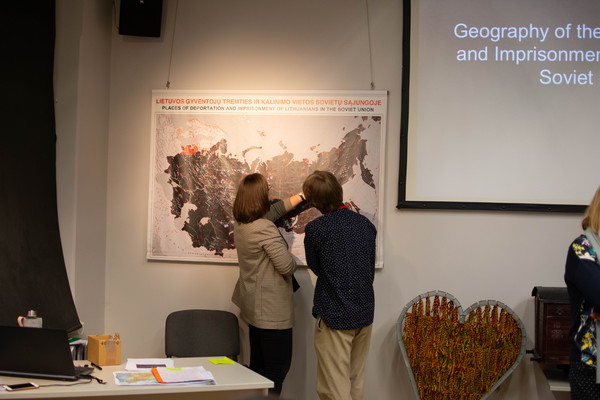
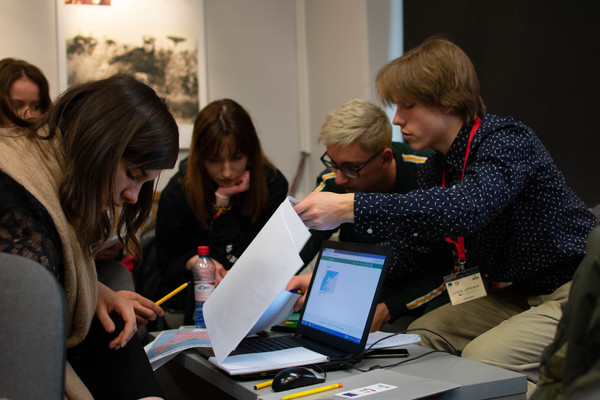
2019-04-12
The Palace of the Grand Dukes of Lithuania welcomed the participants of the project and prepared a special musical program for them, during which everyone learned about the “traveling” culture: from where one or another instrument came to Lithuania, what popular melodies and dances were taught by foreign teachers. We listened to the old music, the participants of the project studied the ancient dances in the grand hall of dukes.
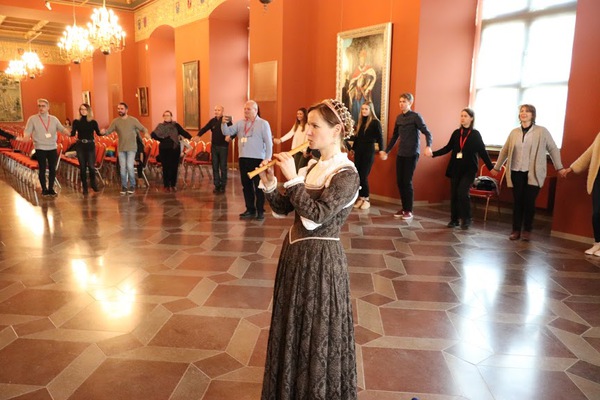
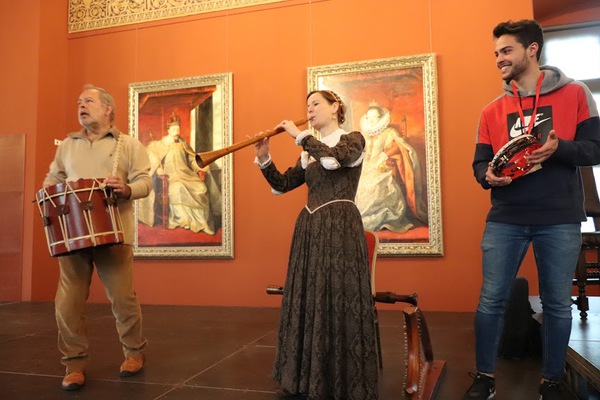
In the conference hall of the The Palace of the Grand Dukes of Lithuania, the international project participants presented their interactive map work, telling what they learned during the week in Lithuania. This map will be available at all times for educational purposes, it is placed in a twinspace platform. If necessary, it can be corrected, filled.
All project participants were welcomed by a historian of The Palace of the Grand Dukes of Lithuania, senior educator, Doctor of History Sciences Nelė Asadauskienė, who was delighted with the results of the project and invited the guests to come to Lithuania again. Project participants received certificates.
In the evening, a farewell concert and party took place in the gymnasium.
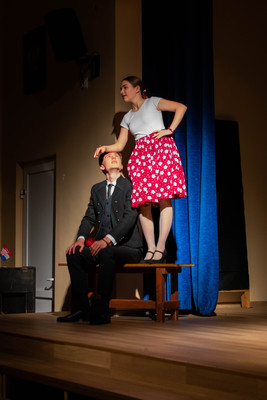
During the meeting, students create an interactive exile map;
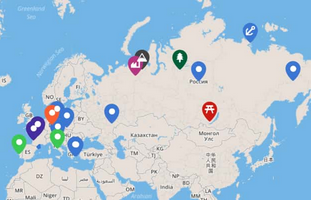
https://maphub.net/Zverynogimn/migration-matters